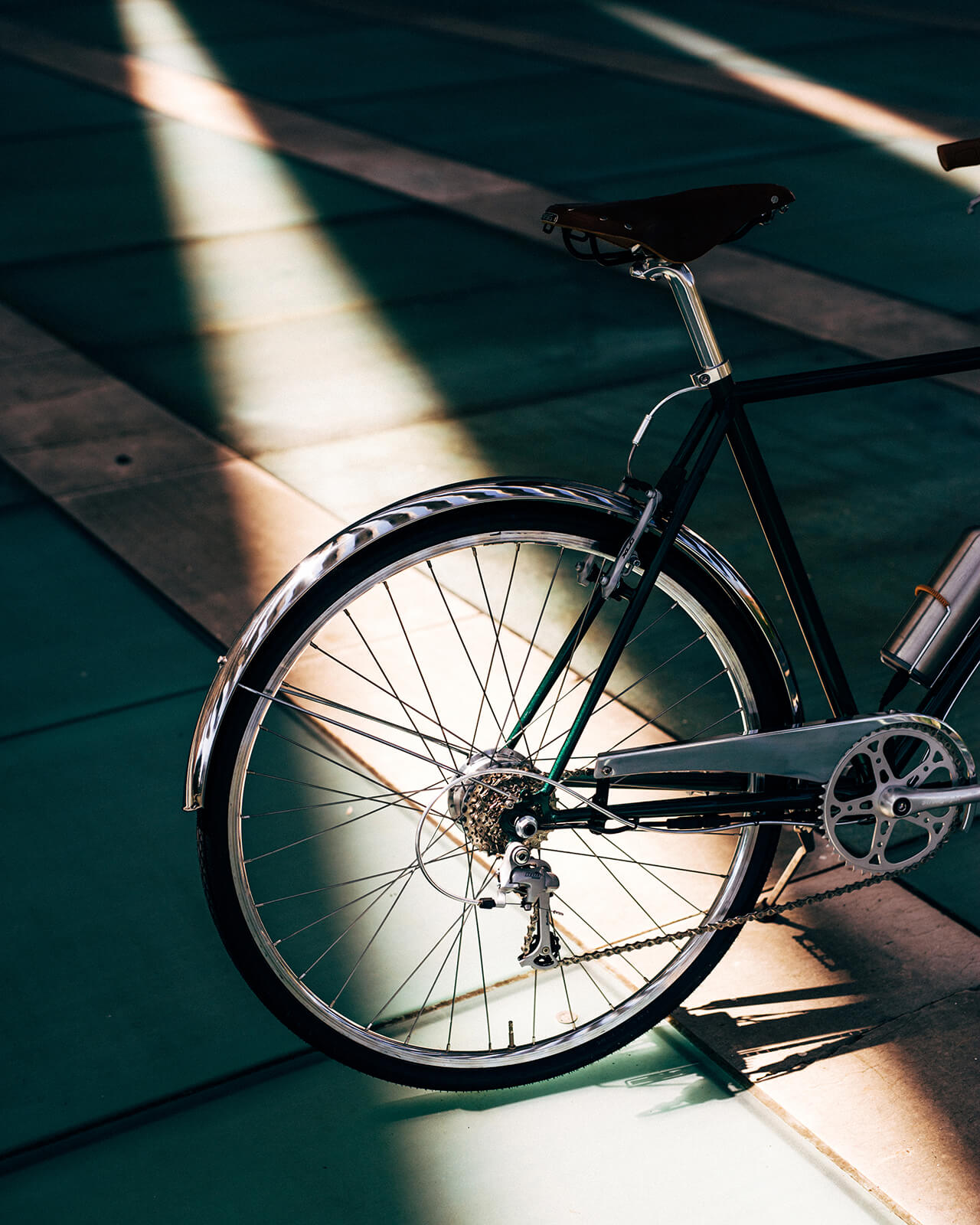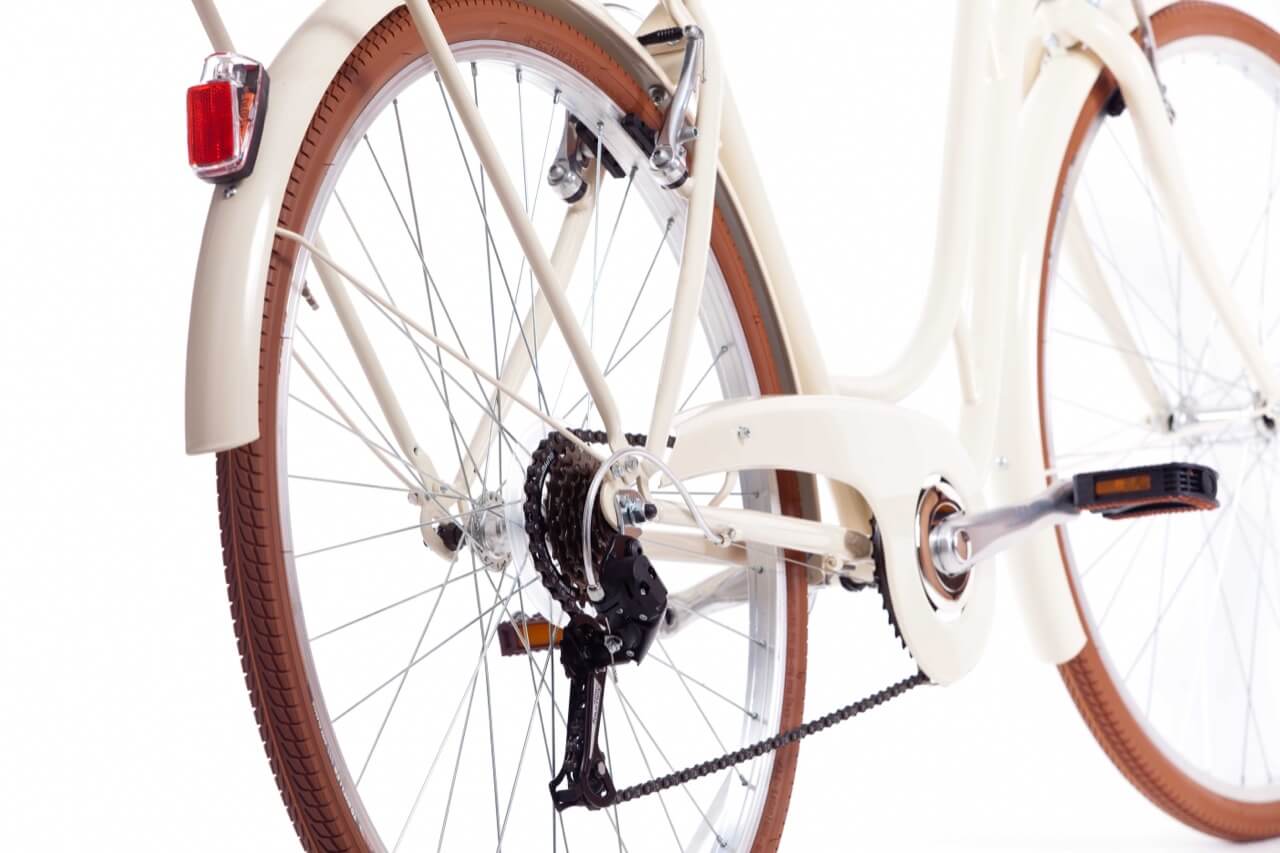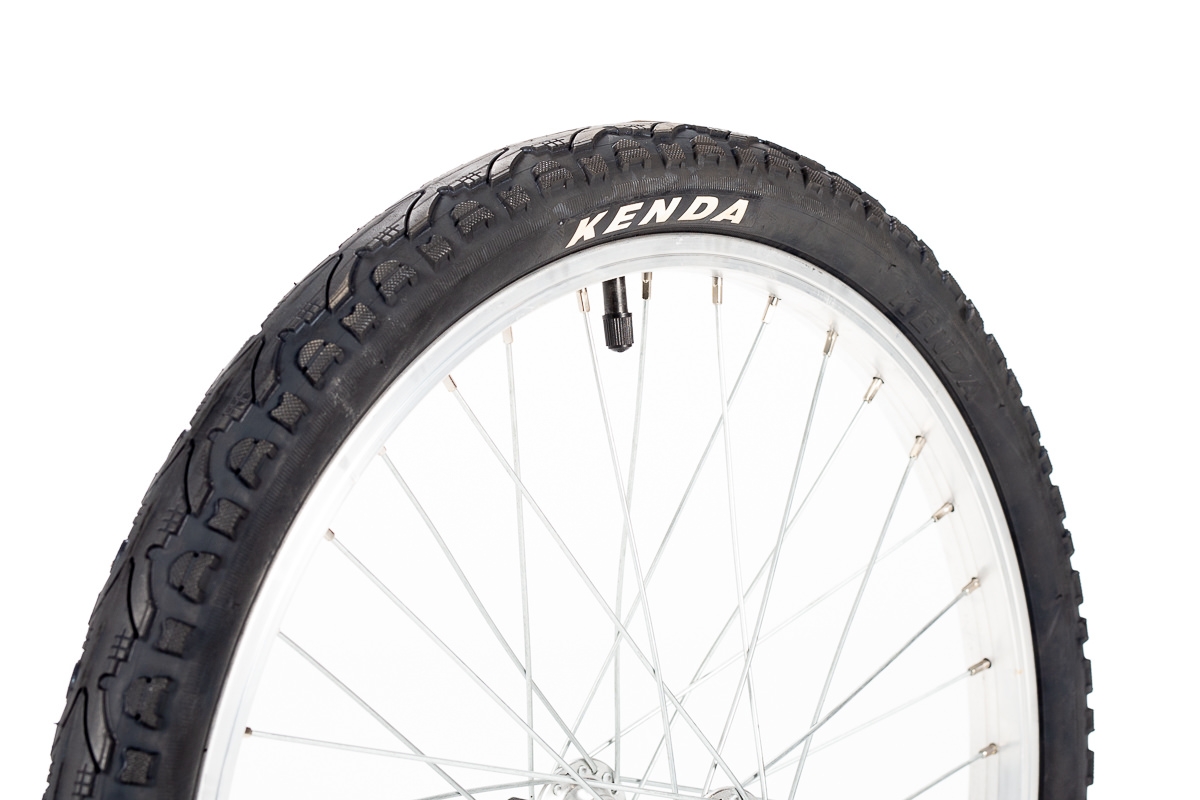How to know which tire I need for my classic bike
 A bicycle’s tires are one of its most important parts. They are responsible for keeping you glued to the ground and providing comfort while you are on it. If you want to restore your classic bike or simply need to change them, it is logical to have doubts about what equivalences and measures you should buy. To acquire the cover for a classic bike you need to take into account a number of important To acquire the cover for a classic bike you need to.
A bicycle’s tires are one of its most important parts. They are responsible for keeping you glued to the ground and providing comfort while you are on it. If you want to restore your classic bike or simply need to change them, it is logical to have doubts about what equivalences and measures you should buy. To acquire the cover for a classic bike you need to take into account a number of important To acquire the cover for a classic bike you need to.
Contenidos
Factors to consider when buying a cover for your classic bike
The first thing to clarify is that different systems can be used to measure tires: ETRTO (European Tyre and Rim Technical Organization), English system (in inches) and French system. On our website we offer you a complete table of equivalence of bicycle tires so that you do not have any doubt.
In our case, we will always use the ETRTO system, as it is easier to understand. The diameter and width (ball) are measured separately. It uses millimeters and only measures these two parameters.
It is essential that before choosing the tires for your covers tires for your bicycle you should take into consideration a number of factors. Firstly, so that they are suitable for your tires and, secondly, so that you feel comfortable using them. Below you can see which are the most important ones.
Intended use of the bicycle
Depending on how you use your classic bike, you will need different tires. Classic bike tires are intended for an urban environment, although they have resistance for other types of roads. These are the possible uses you can give to your bicycle and the type of tire you need for each one:
- Urban use: This is the most favorable and where tires suffer the least. The pavement ensures a comfortable ride and it is difficult to get a flat tire. If you are going to use your bike exclusively for urban use, a ball between 23 and 25 mm is recommended. The narrower it is, the less you will have difficulty pedaling, since friction is also lower.
- Mixed use: In this case, you may drive on a paved city or on a dirt road. You will need a wheel with a ball between 32 and 40 mm and with low friction. This type of tire is also recommended for bicycles that must support loads, such as a child seat.
- Sporadic use on unpaved terrain: Although you are going to move mainly on paved terrain, it is necessary to take into account that you will occasionally use it on dirt roads. For this, it is recommended to use a balloon between 28 and 32 mm. It should offer little friction, but just enough to avoid punctures on less favorable terrain.
Tire width
The width of the rim refers to the distance between the two walls that form the rim. It is essential that you keep in mind that this measurement can never be greater than the width of the wheel, as it will be impossible to mount the tire. That is, if the rim is 28 mm wide, the tire must be the same or wider, never narrower.
Tire tread pattern
This pattern also varies depending on your needs and the environment in which you will be riding your bike:
- Without tread: For urban use and in cities where the pavement is hardly ever wet by rain. In dry conditions, this tread pattern offers very good grip and minimal friction.
- With light tread: You can also use it in the city, however, it grips better than the previous one on wet or dusty asphalt. Even on unpaved terrain its grip is quite decent.
- With drawing: Without any doubt, it is the most versatile. With this feature on your bike, you will be able to use it on any type of terrain: paved, dirt, wet, dry, etc. The grip it offers is sensational and adapts to all conditions that may occur in your environment.
Wheel pitch
This is the distance between the rear chainstays of the bicycle. It is very similar to what happens with the width of the rim. In no case may the tire be wider than the wheel arch. If on your bike this value is 30 mm, you cannot mount a tire of the same size or more, it has to be below that value. Otherwise, the wheel would remain braked.
217.2 kB
Different types of tires for your classic bicycle
In the market it is possible to find different types of tires for your bike. The three most important are these:
- Tubular tires: They have an air chamber located inside a tube. They are attached to the wheel and have the great advantage that, even if they get a puncture, they do not detach from the wheel, so it is possible to continue using them without being completely stopped.
- Clincher tires: These are the most common, they are hollow inside and that is where the inner tube is placed. Contrary to the previous ones, it is quite easy to fix their punctures and they hook to the rim on the sides of the tire. There are two types:
- Foldable: They are manufactured with a Kevlar ring and are lighter, making them easier to handle and transport.
- Rigid: They cannot be bent and are heavier than the previous ones. This is because they have a ring of steel wires inside them.
- TubelessThey have no inner tube. One of their great advantages is that there is very little chance of getting a puncture with them. They also allow you to adjust their pressure, so you can lower them on wet or winding roads.
The cover for a classic bicycle is something you should choose taking into account different factors. If you don’t, you will most likely not choose the right one and will have problems using it. Check the different types of tires in the Biciclásica online store and choose the one that best suits the characteristics of your bike.

